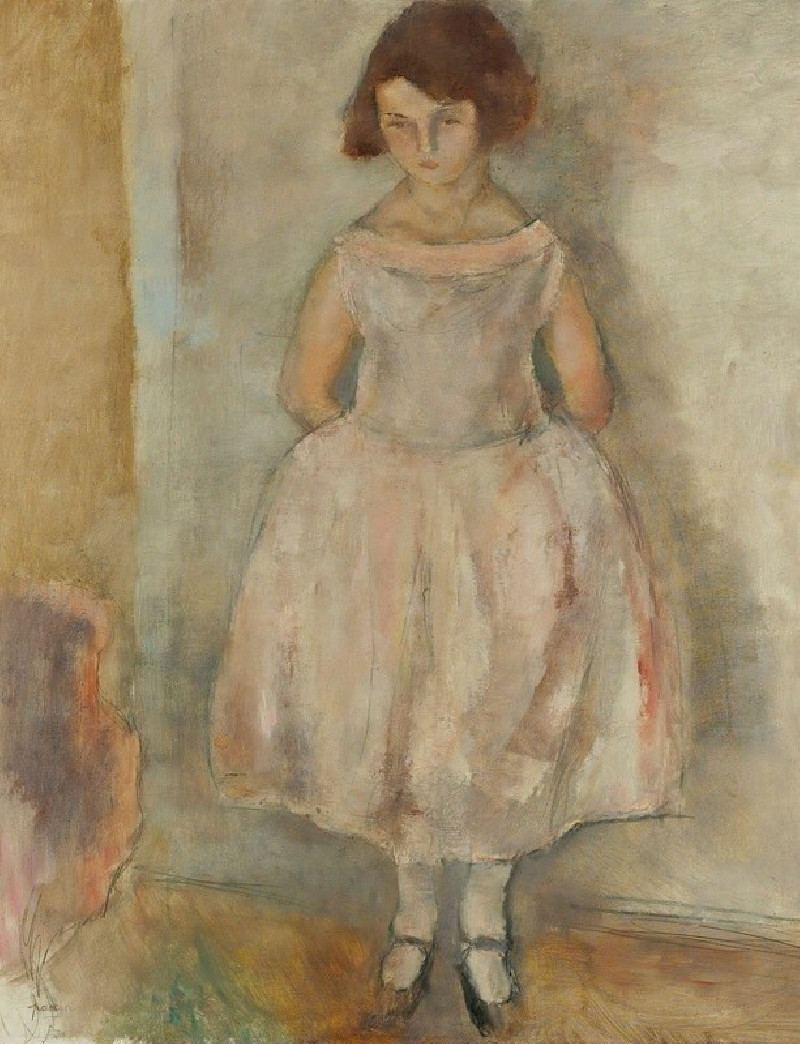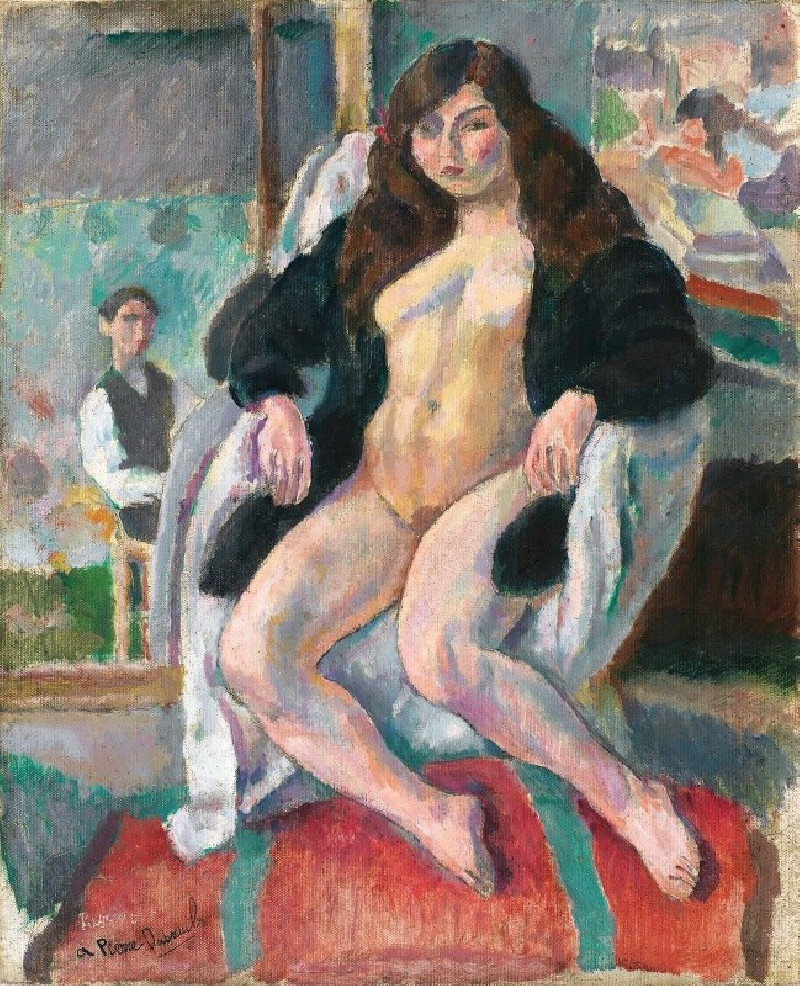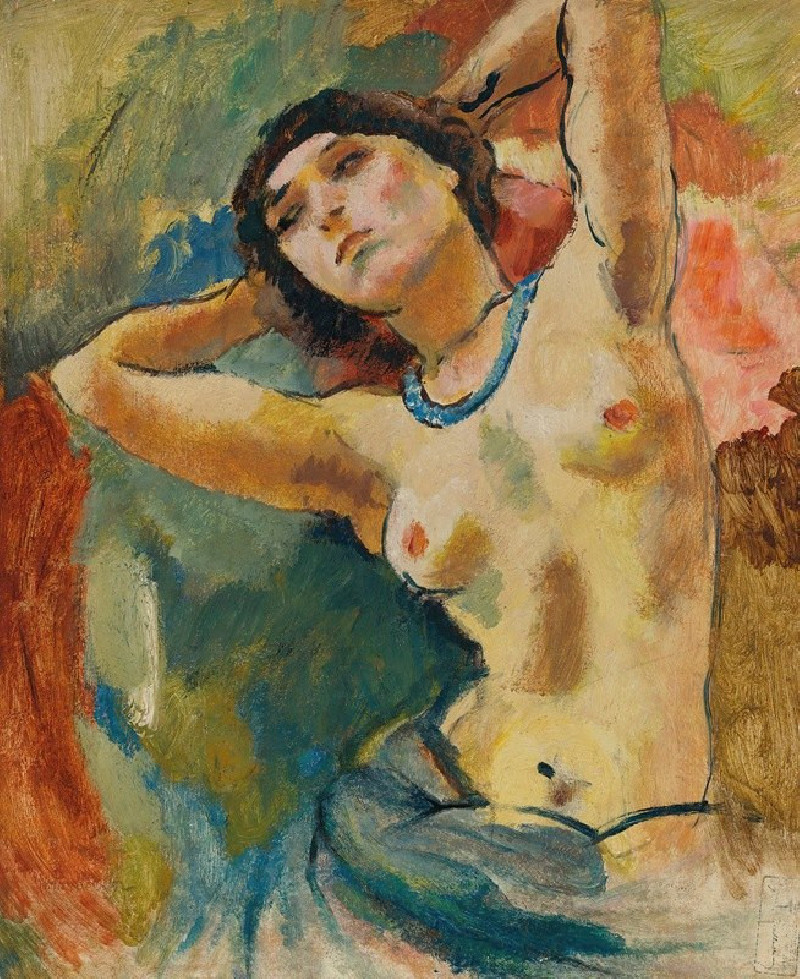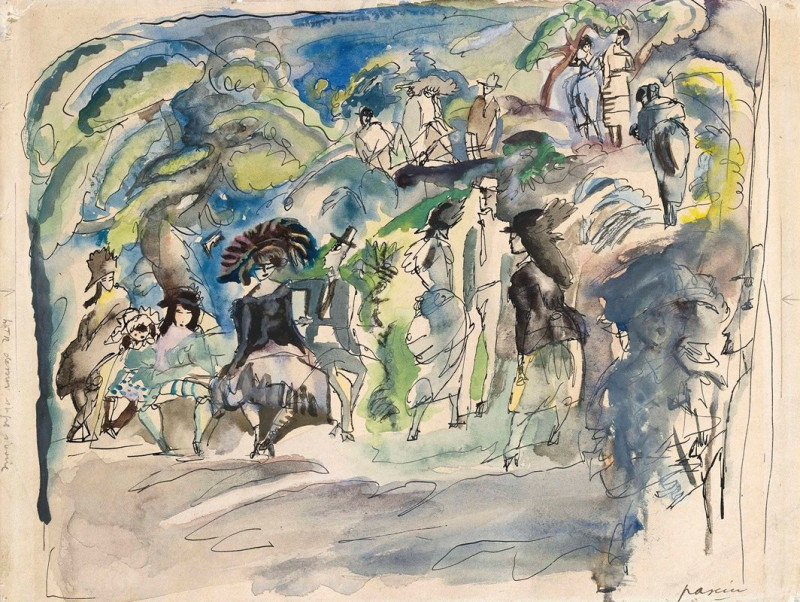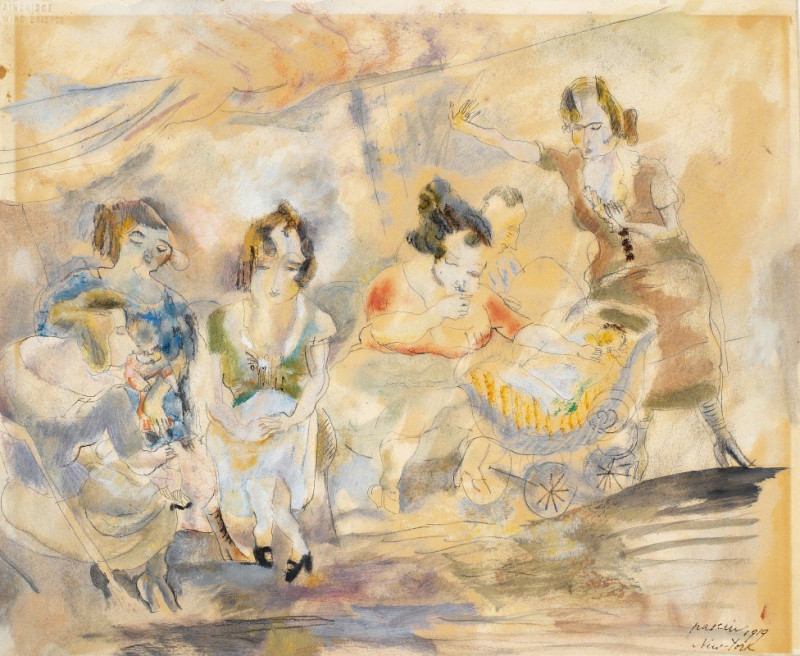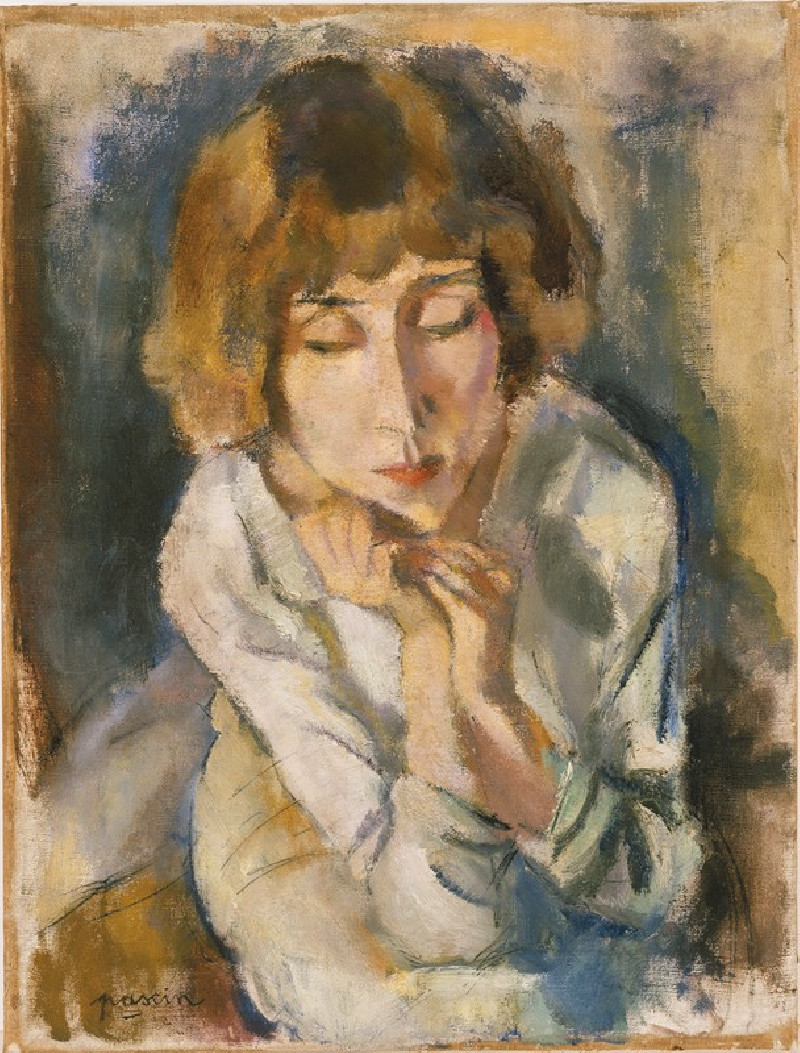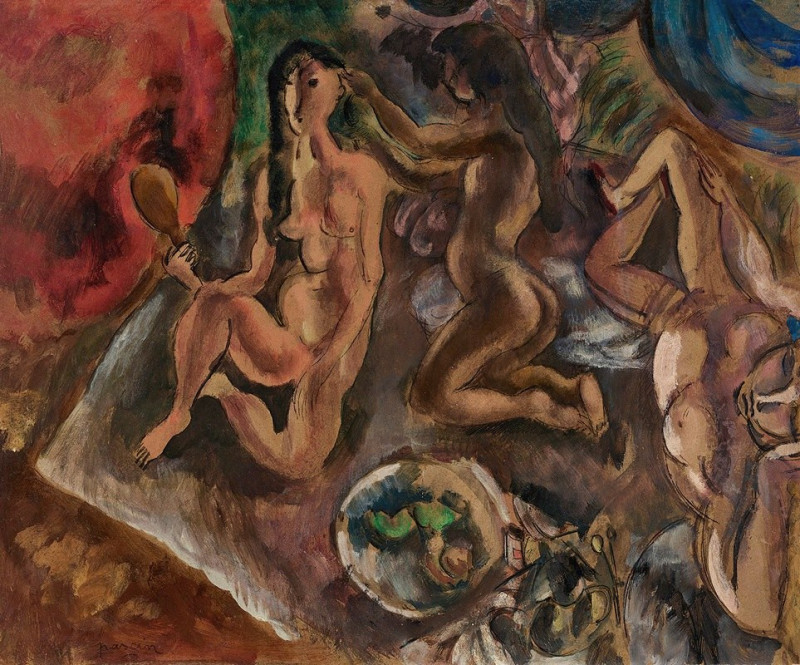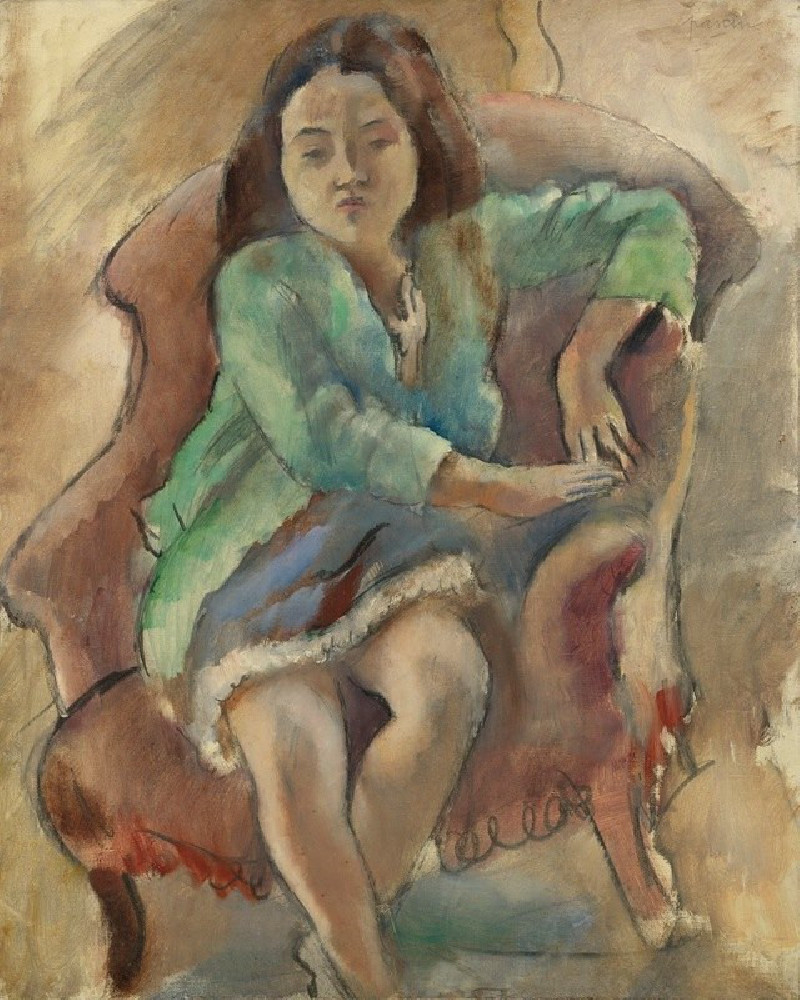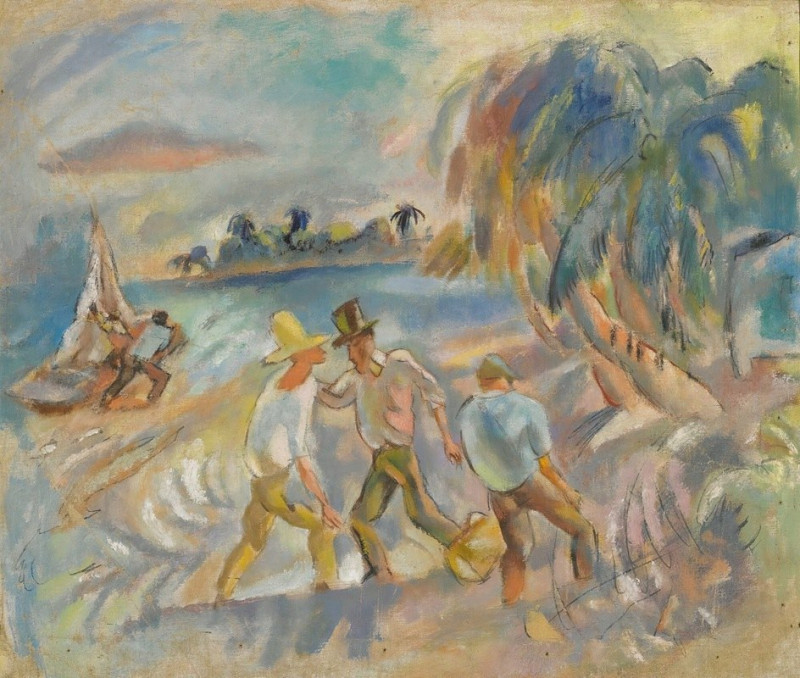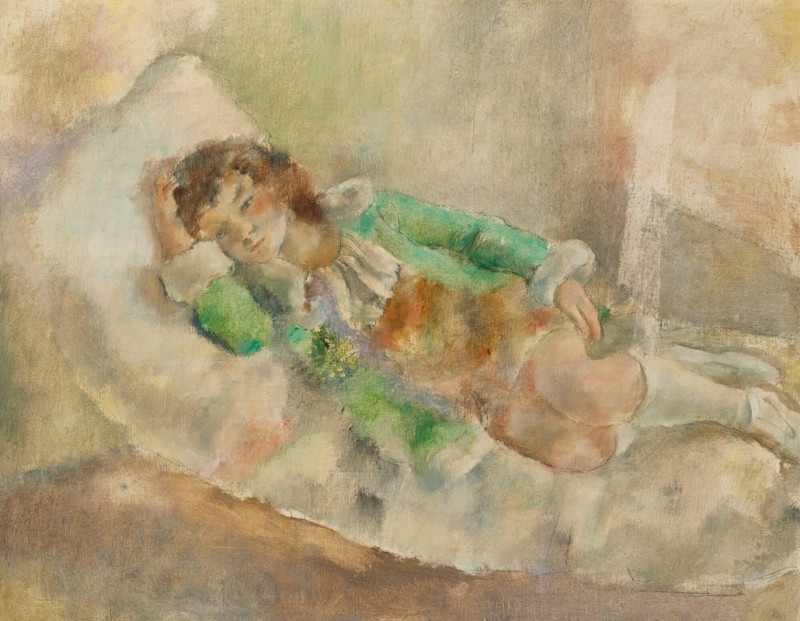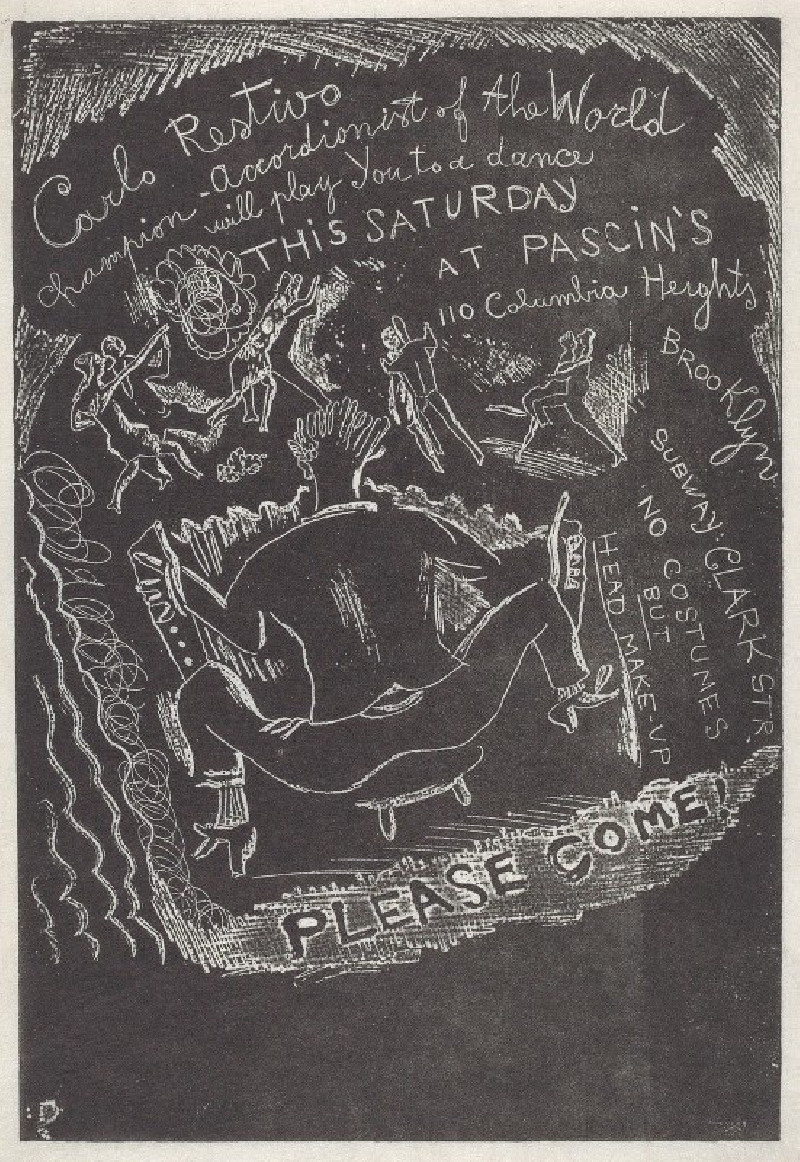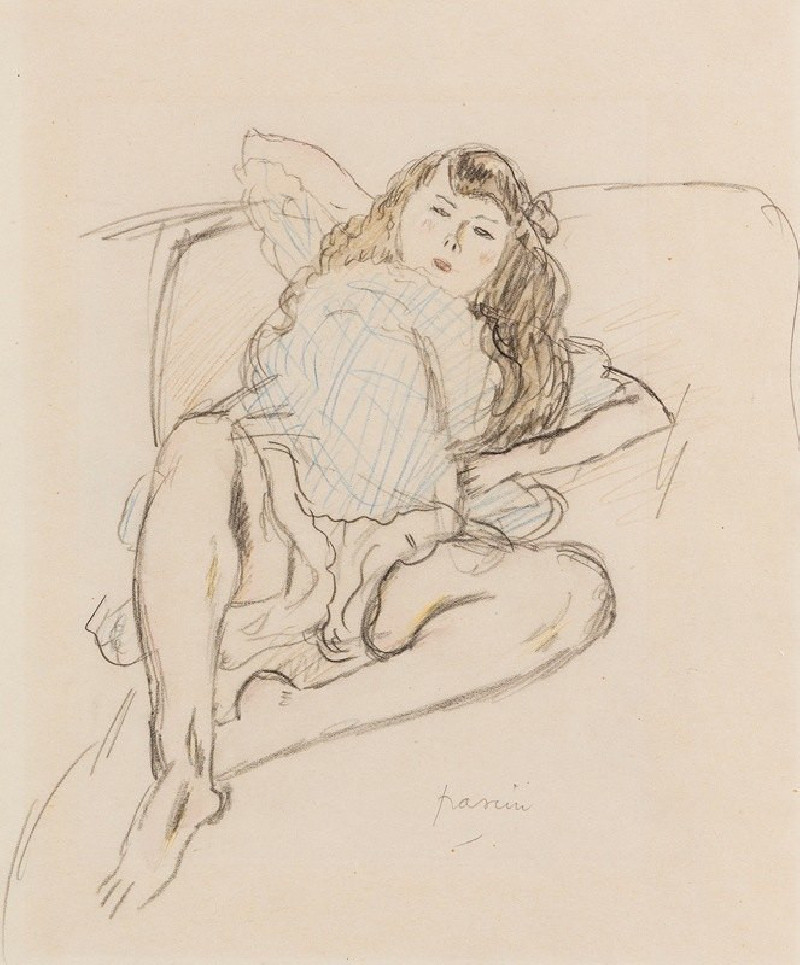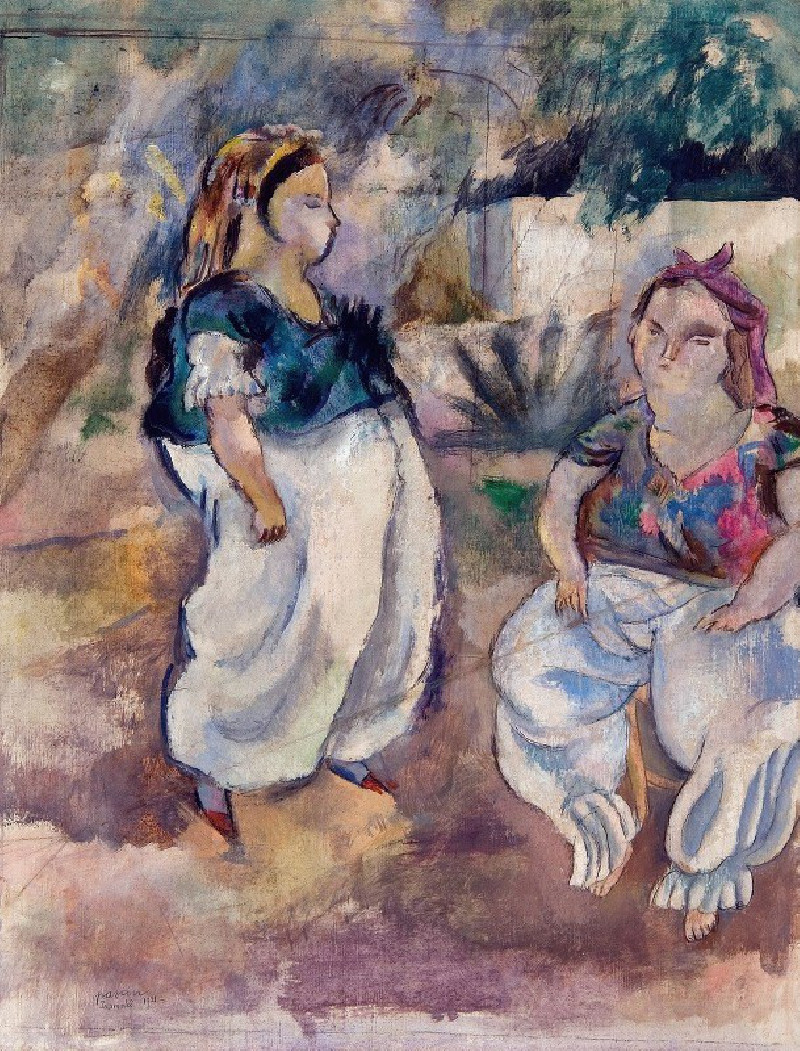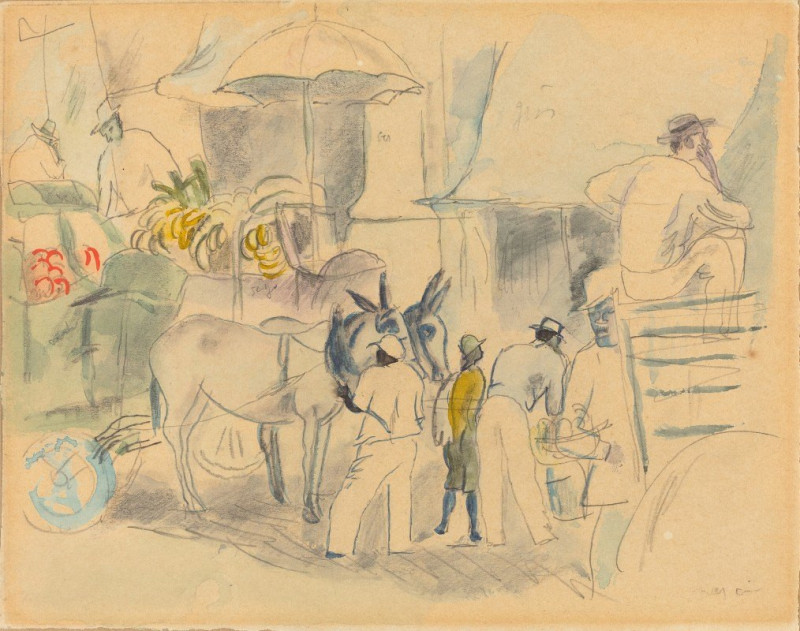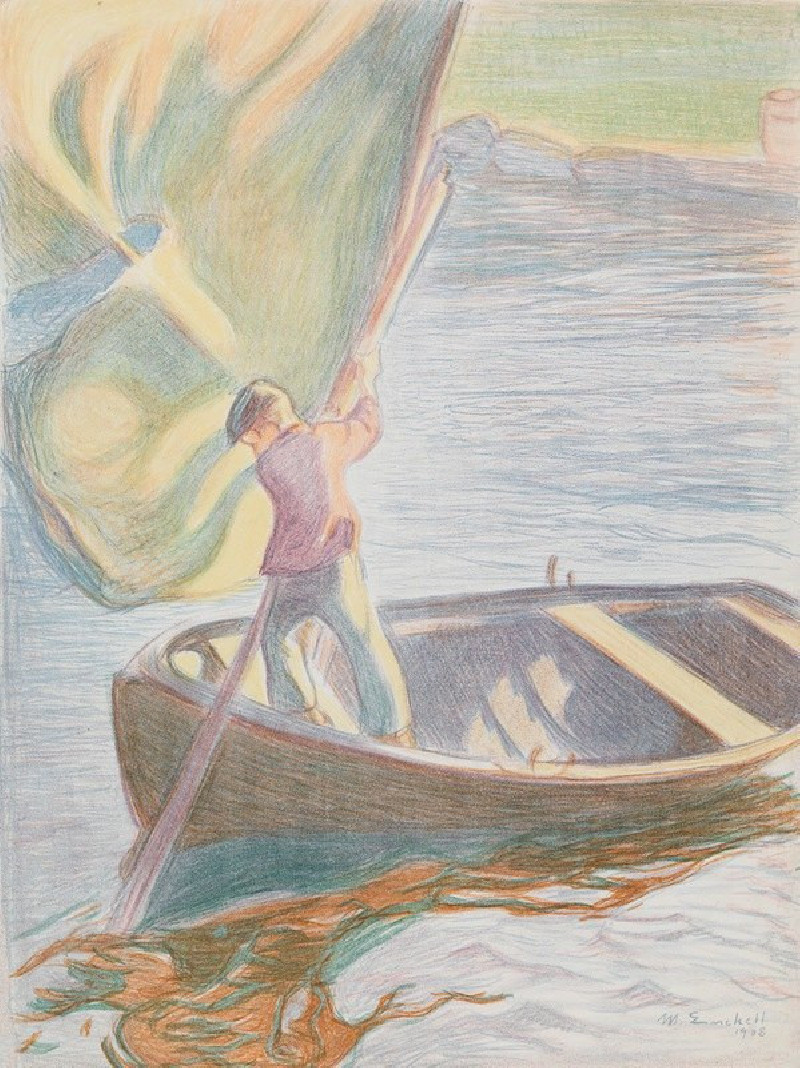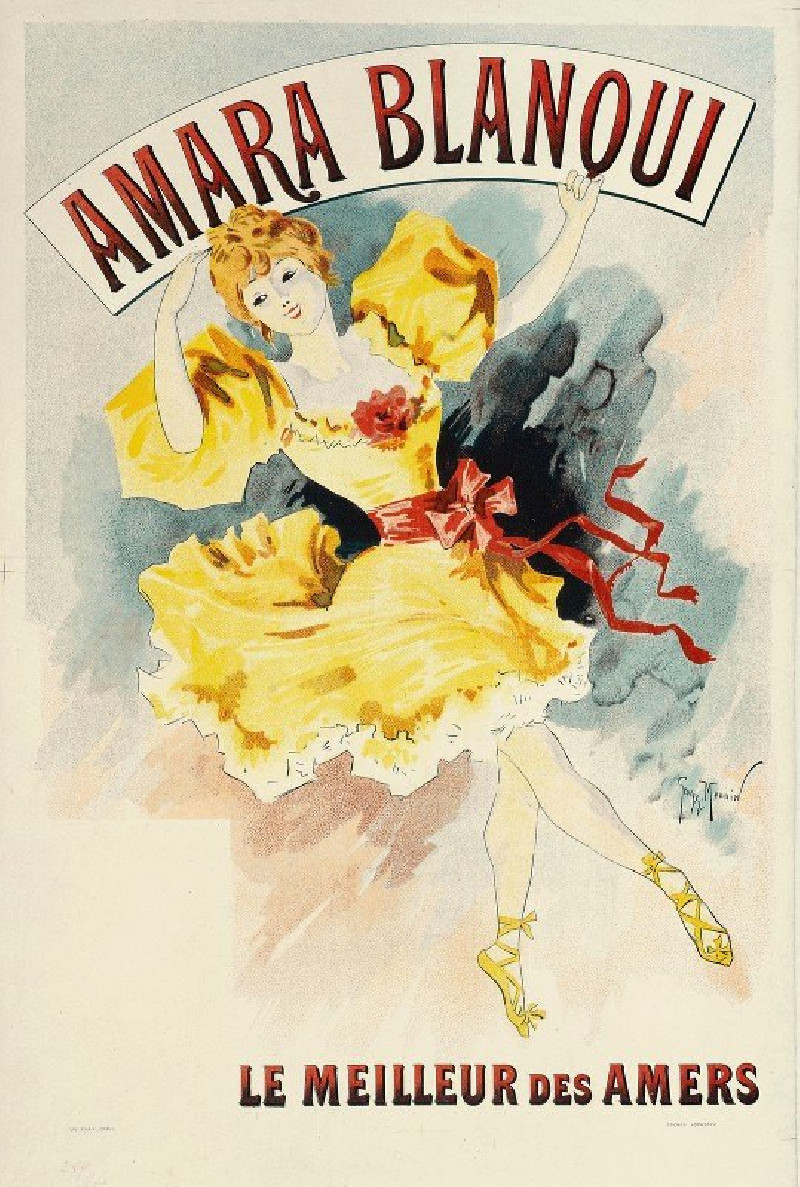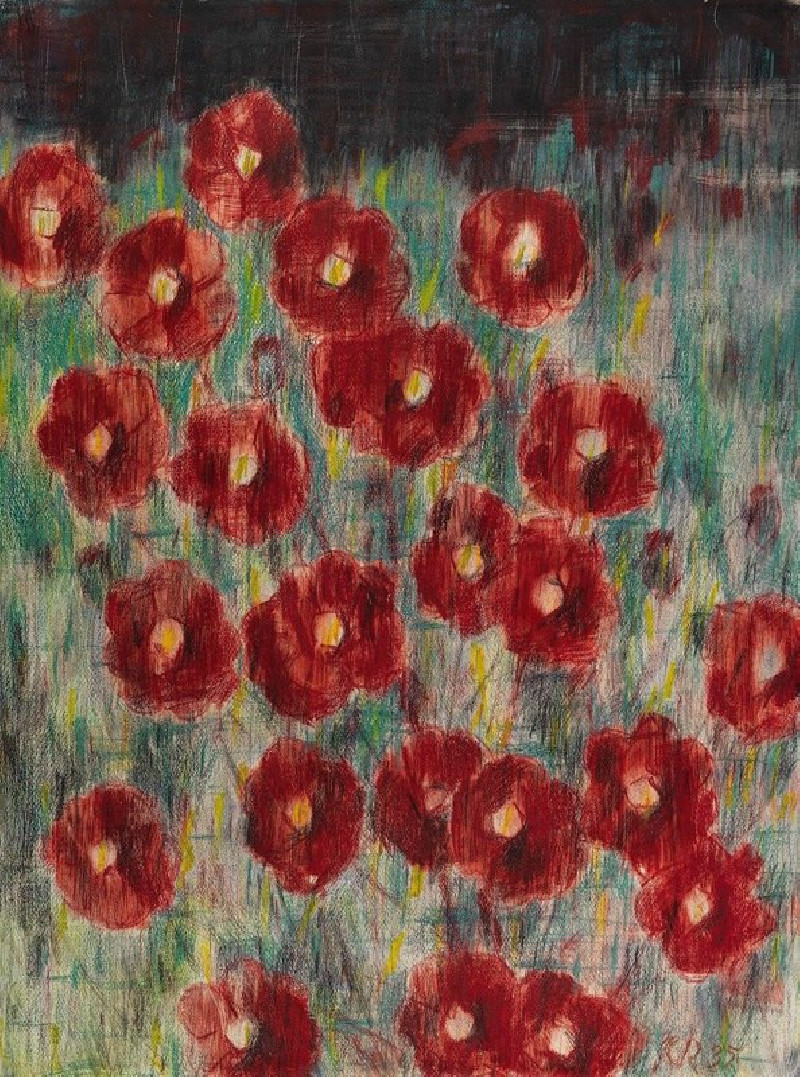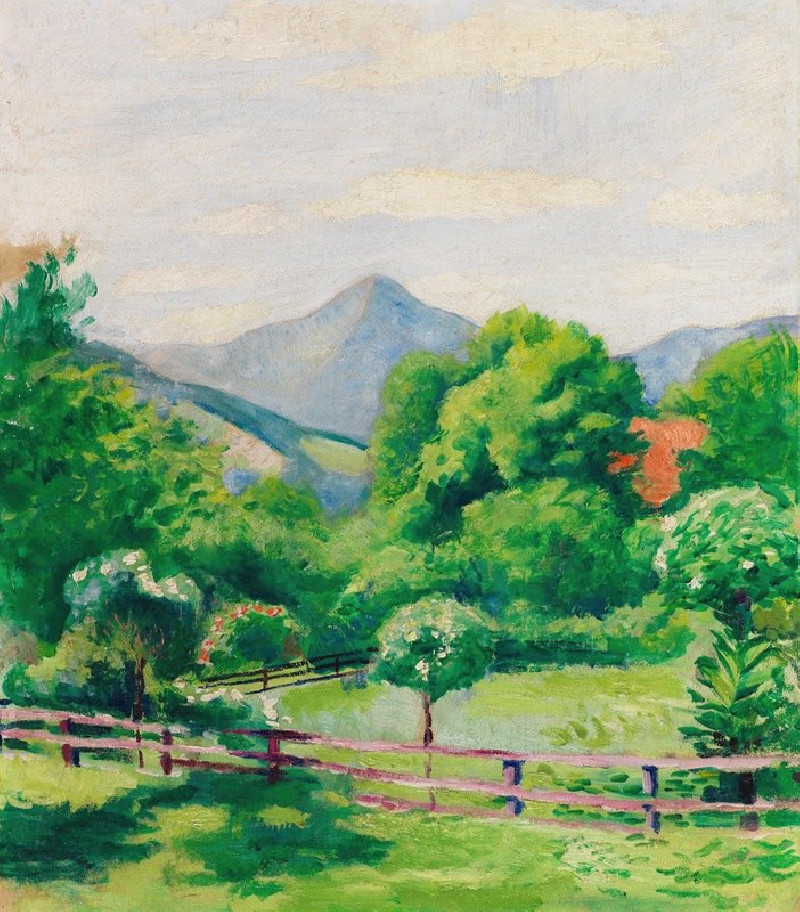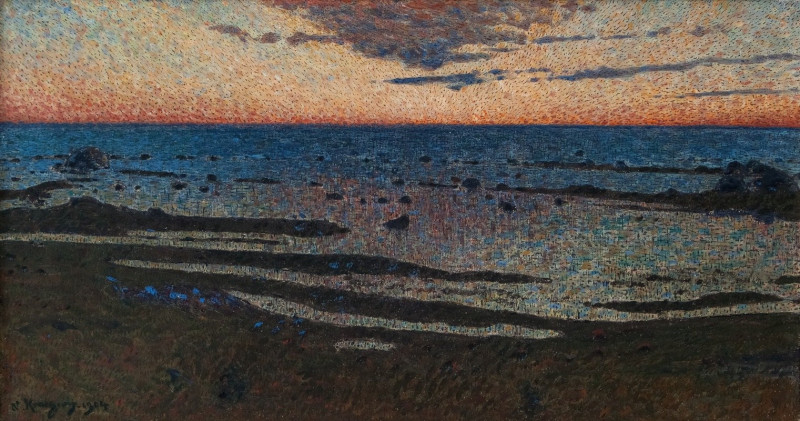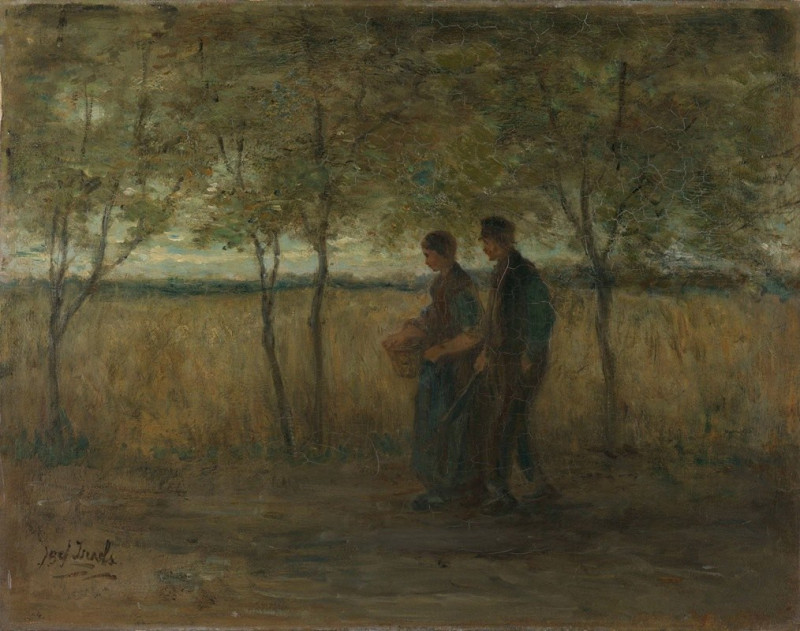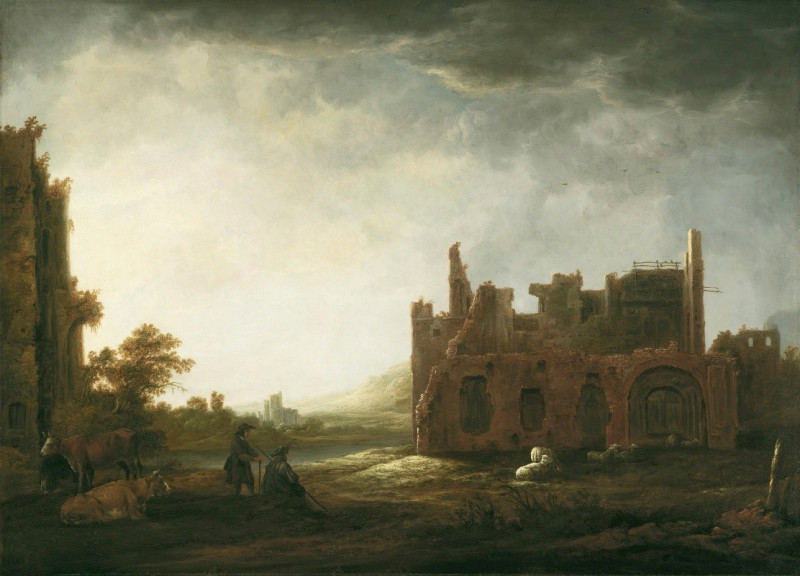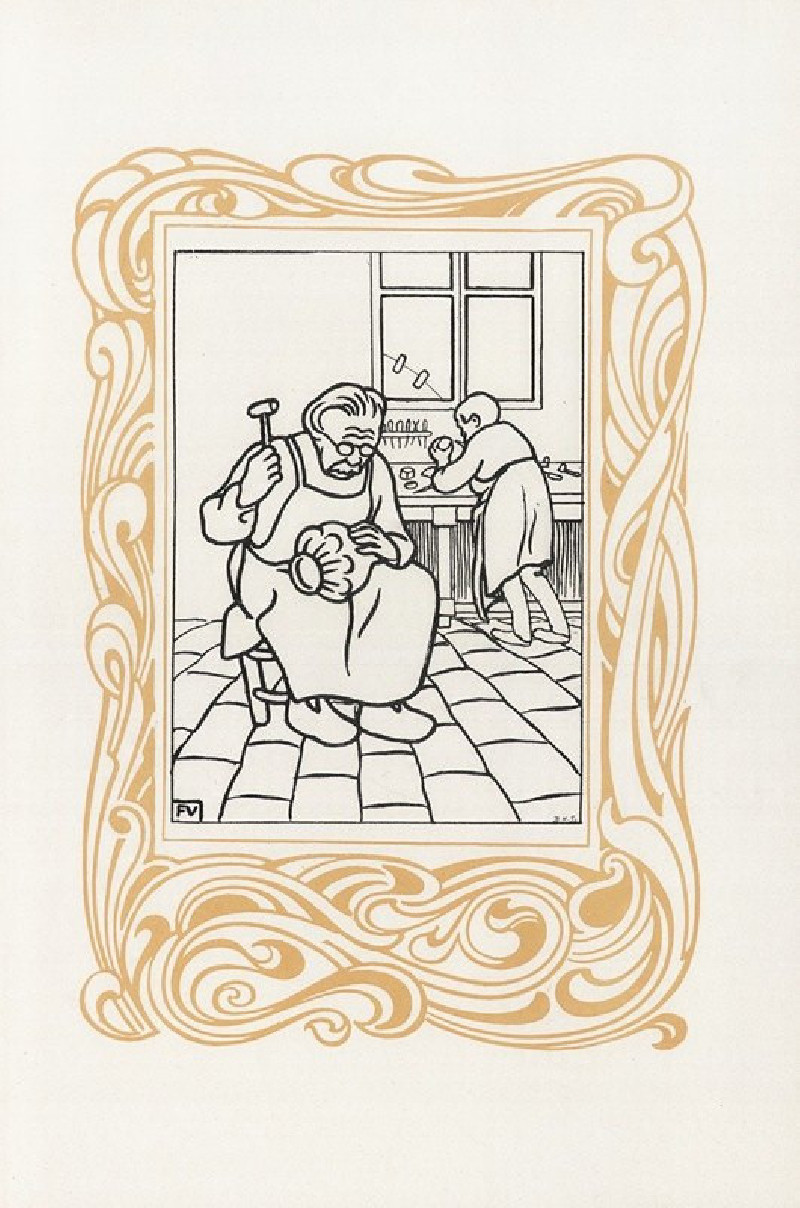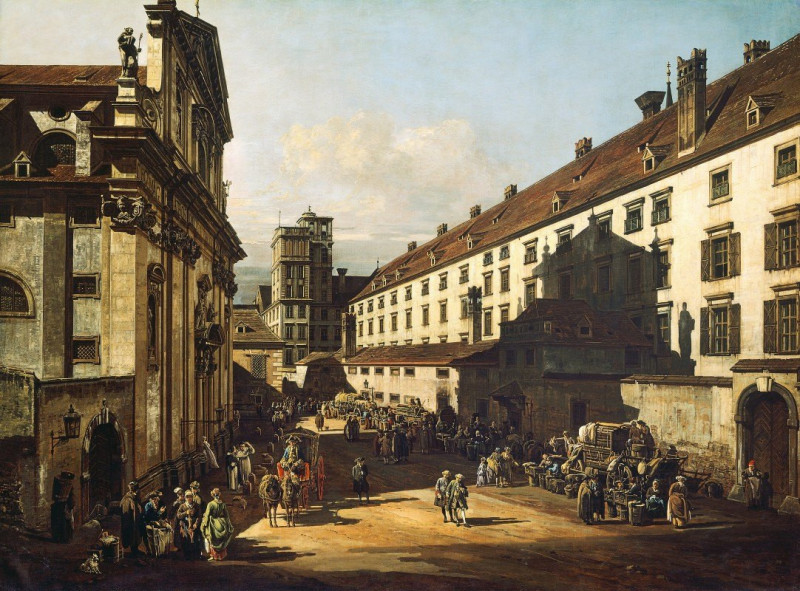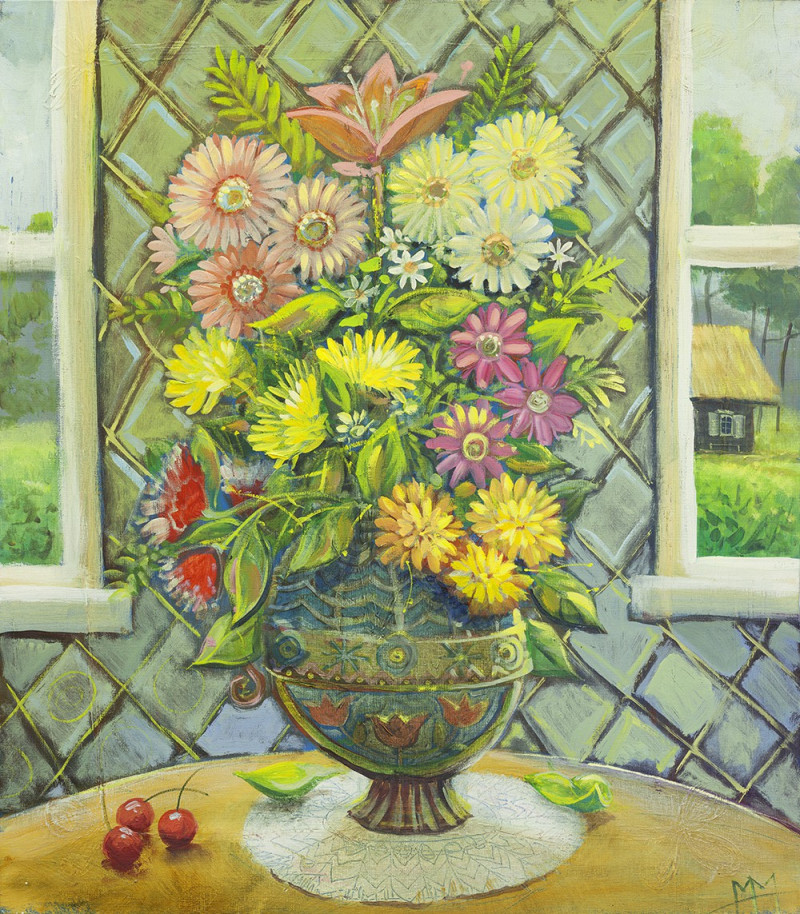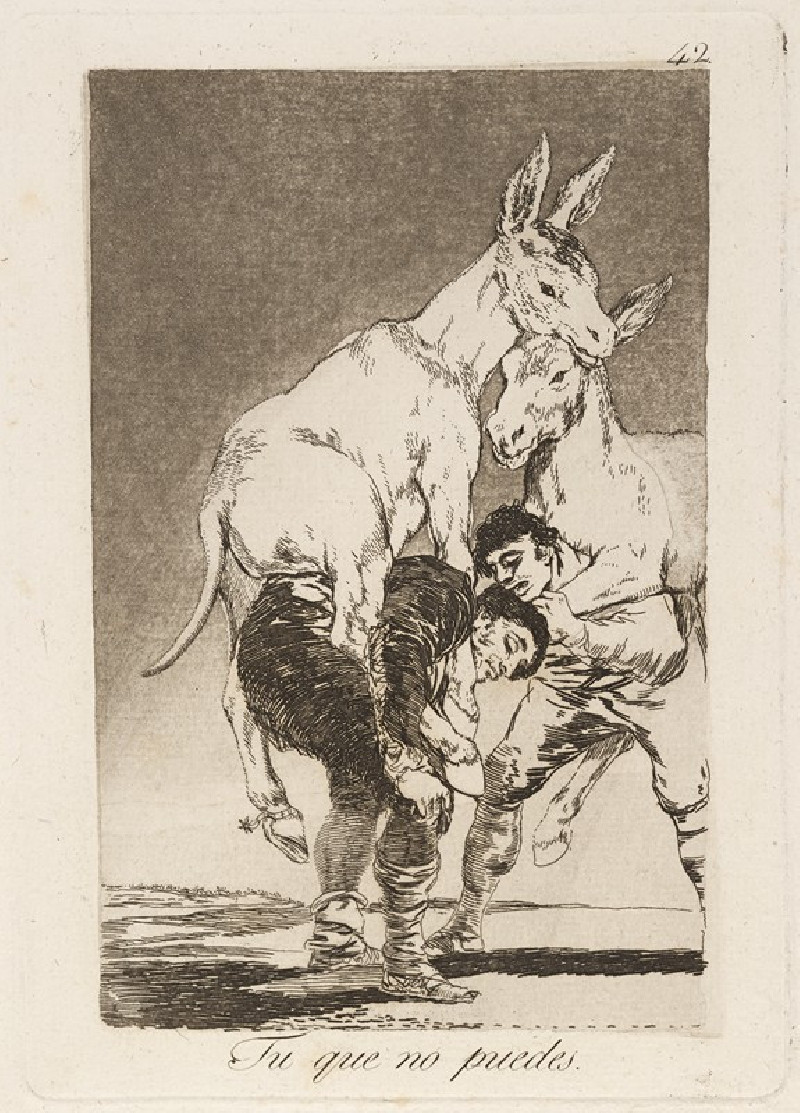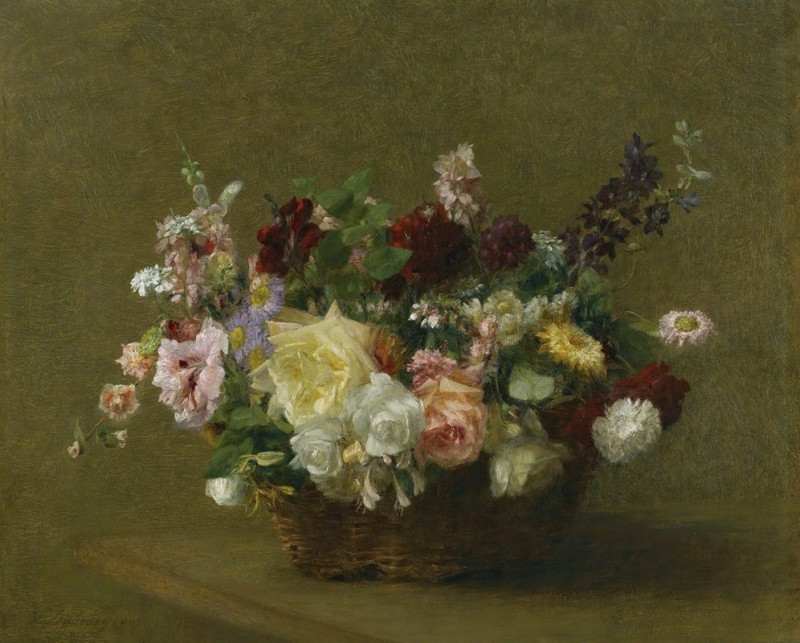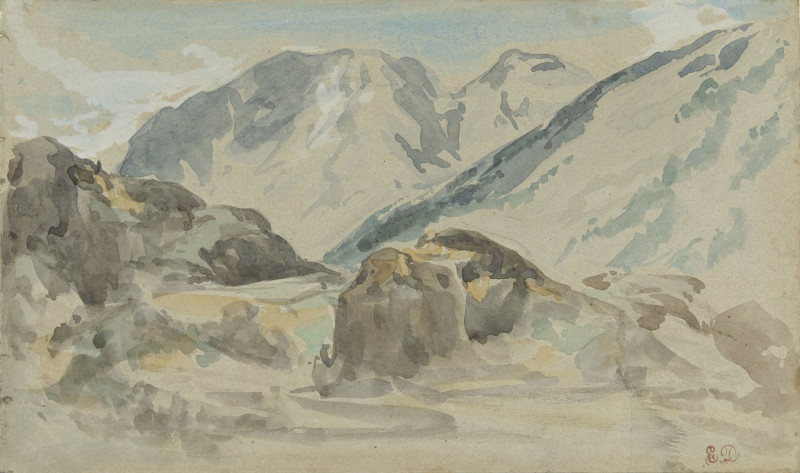Nannies with a Child (1917)
Technique: Giclée quality print
Recommended by our customers
More about this artwork
"Nannies with a Child" (1917), painted by the Bulgarian-born artist Jules Pascin, offers a charming glimpse into the leisurely moments of the everyday. Set within a tranquil, outdoor environment, this impressionistic piece captures three figures, presumably two nannies and a young child, in a casual, intimate setting.The painting is distinguished by its fluid, graceful brush strokes and a muted color palette that enhances the sense of serenity. The figures are seated on the ground, enveloped by elements of nature. A vibrant tree with lush green leaves stretches upwards, dominating the left side of the composition, while tall, slender cacti rise beside the figures, adding a touch of the exotic to the scene.Despite the simplicity of the setting, Pascin masterfully conveys a narrative of care and attentiveness – themes that are timeless and universal. The relaxed poses and turned backs of the figures suggest a moment of repose or perhaps a conversation, adding a layer of intimacy to the work.
Delivery
Returns
Nudes, street scenes and landscapes of women and tropical locations by Bulgarian-born American painter Jules Pascin (1885-1930). Born to an affluent family, Pascin was educated in Austria and Germany before moving to Paris in 1905. It was there that he became associated with the Modernist movement. He attached himself to the human condition and was known for painting portraits of nude and half-dressed women. He stands in the grand tradition of the romantic, bohemian artist.


